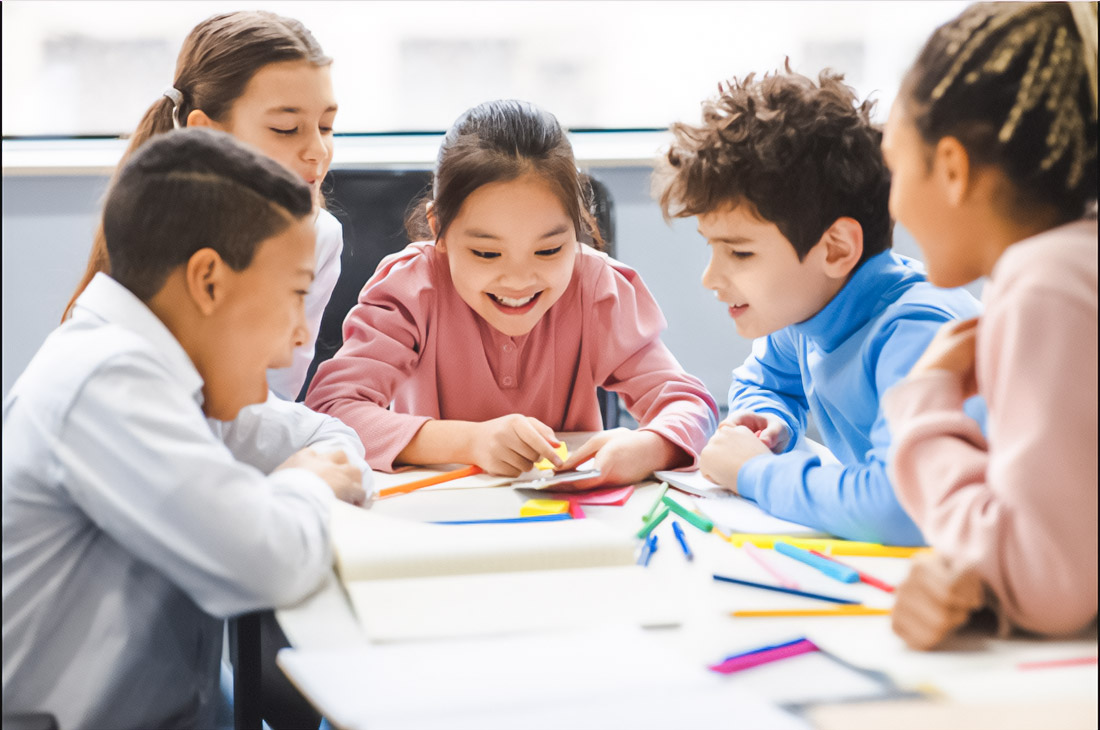
In modern society, where education becomes the foundation for personal growth and public success, private English schools occupy a special place thanks to their advanced methodologies. These institutions are known for their innovations, which makes them ideal for analysis. Let’s dive deeper into the diverse educational methodologies applied in these schools and their impact on the academic and personal development of students. Learn more about American curriculum schools.
Page Content
Traditional approaches to learning: time-tested methods
Traditional methodologies, such as lectures and rote learning, remain the foundation of the educational process for centuries. These approaches imply a significant role for the teacher, who in private English schools applies them in combination with an individual approach. This methodology helps to consider the unique abilities of thousands of students annually.
Advantages of traditional methods:
- Structuredness and predictability: Constant research has shown that clear lesson structure helps in systematizing knowledge and maintaining discipline.
- Focus on basic knowledge: Analysis of thousands of curricula emphasizes the importance of initial academic skills, which make up 65% of total success in learning.
- Central role of the teacher: The teacher possesses the authority necessary for effective class management and learning process.
Disadvantages of traditional methods:
- Limitation of creativity: Innovative research shows that up to 40% of students feel limited in expressing their ideas.
- Passive assimilation: Statistical data indicate that memorization can reduce the level of deep understanding in 30% of students.
- Ignoring individuality: Traditional methods often do not take into account different styles and paces of learning, affecting 20% of students.
Modern educational methodologies: advanced learning experience
Modern methodologies emphasize active participation and critical thinking. The elegance of these approaches lies in the combination of technology, project, and cooperative learning, the generation of which became possible thanks to more than 50 innovative initiatives just in the past year. Learn more about education in the UAE.
Advantages of modern methods:
- Development of critical thinking: Modern methods, including digital technologies, contribute to the development of analytical skills in almost 75% of students.
- Individualization: Data analysis shows that technologies can engage the interests and needs of 90% of students, adapting the learning process.
- Active participation: More than 85% of students are actively involved in the educational process, which leads to better results in the assimilation of the material.
Disadvantages of modern methods:
- Resource intensity: The introduction of innovations requires significant investments – up to 20% of the budget of the educational institution.
- Complexity of assessment: More than 25% of educators note difficulties in objectively assessing non-standard results.
- Risk of information overload: The use of technologies entails a risk of overload, affecting 15% of students.
Key role of teachers and curricula in education reform
Teachers, possessing autonomy in choosing methods, become catalysts for change. They introduce innovations in teaching tens of thousands of students. Curricula form educational standards, which allow more than 90% of students to effectively achieve goals.
Examples from practice:
- London school implemented project-based learning, receiving national awards thanks to presentations at more than 10 scientific conferences annually.
- In Oxford, the school is called a leader in blended learning, combining traditional and online methods, affecting the progress of more than 1000 students annually.
Traditional and modern methods: unison in education
Comparison of these two approaches shows their unique advantages – stability against flexibility. Four out of five private English schools successfully apply a combined approach, forming an optimal educational environment. Learn more about educational services in the region.
Future of innovations in education: challenges and perspectives
The introduction of innovations faces difficulties – from lack of funding to resistance to traditions. However, considering a 60% increase in productivity, these methods justify expectations. Modern technologies, as an element of innovation, can affect more than 90% of the educational process, making learning more effective and accessible.
Private schools in England continue to balance between traditions and innovations, striving to give their students all the tools for a successful future. The study of these schools opens new perspectives in the educational field.

Written by Homer Hoover
Cyclist, hustler, fender owner, hand letterer and growthhacker. Acting at the sweet spot between beauty and sustainability to express ideas through design. I'm fueled by craft beer, hip-hop and tortilla chips.
Recent Posts
- From Palaces to Penthouses: The Evolution of Dubai’s Exclusive Wedding Venues
- How UAE expats can optimise remittances to South Asia: cost-saving tips & regulations
- Hyper-Personalized Pigmentation Maps for the treatment of uneven skin Tone in GCC Residents
- Cultural Bridge: Maestro Mazda And Aesthetics Of Emirates
- The Unique interaction of Traditions and innovation in Teaching: Analytics of English Schools
